22 Foods to Absolutely Avoid if You Suspect Gluten Sensitivity or Celiac Disease
The gluten-free movement has swept the globe, transforming from a medical necessity into a widespread wellness choice. Yet, for millions, navigating this dietary landscape is a minefield of hidden dangers, where even seemingly safe foods can trigger discomfort, inflammation, or worse. You might meticulously check labels, but gluten is a master of disguise, lurking in unexpected corners and sabotaging your best intentions. This isn't just about avoiding bread; it's about unmasking the insidious ways gluten creeps into your diet, silently derailing your health goals. This article unveils 22 surprising foods that secretly harbor gluten, offering crucial insights and empowering you to truly embrace a gluten-free future without hidden threats.
1. The Hidden Gluten in Sauces and Condiments
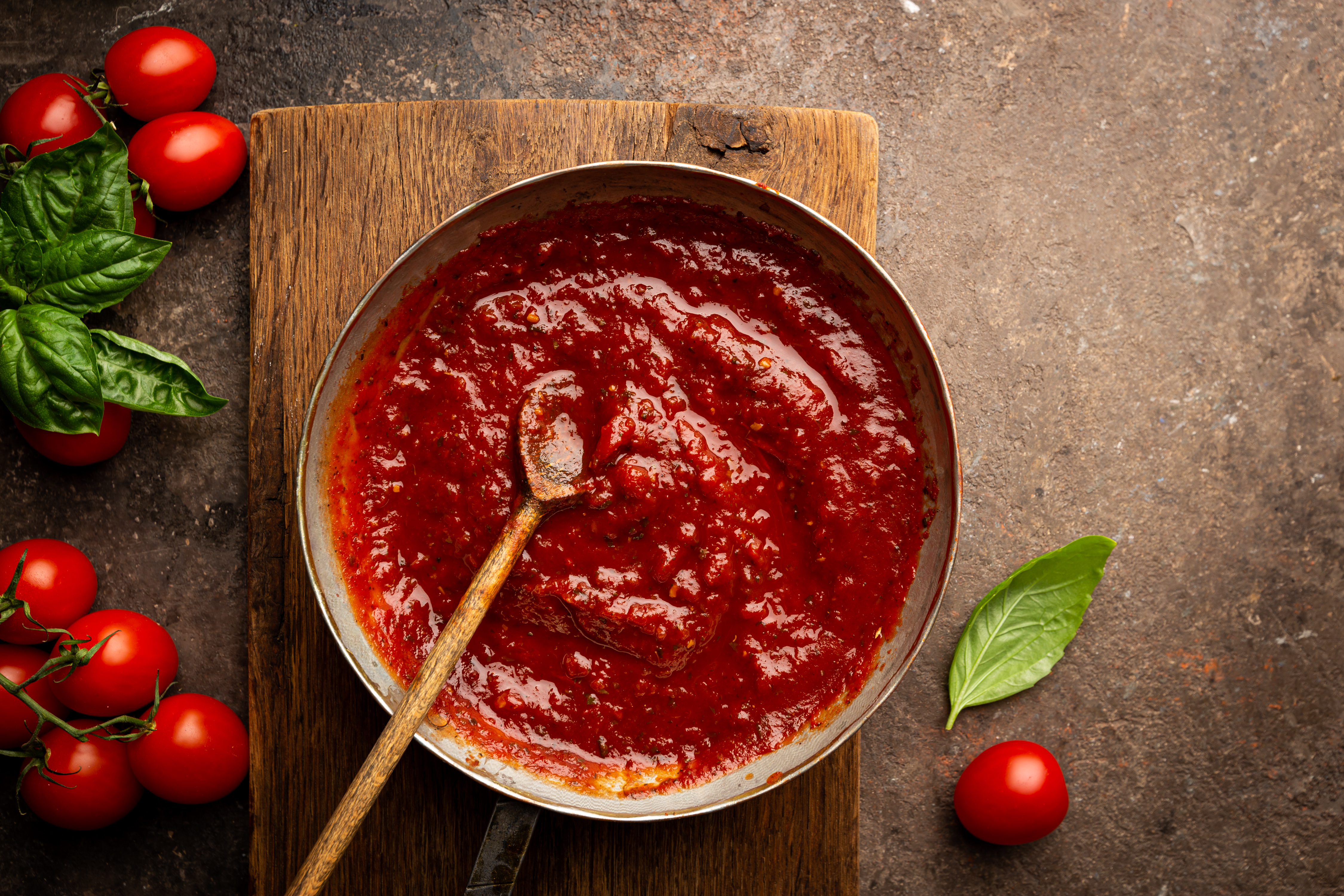
Sauces and condiments are often overlooked in the quest for a gluten-free diet. Yet, they can be a major source of hidden gluten. Many sauces use wheat flour as a thickening agent or contain soy sauce, which is traditionally made with wheat. Salad dressings, marinades, and gravies are common culprits. For those seeking to avoid gluten, it's essential to read labels meticulously or opt for brands that specifically label their products as gluten-free. Making homemade versions can also be a safe and satisfying alternative, allowing control over every ingredient.
2. The Deceptive Allure of Processed Meats
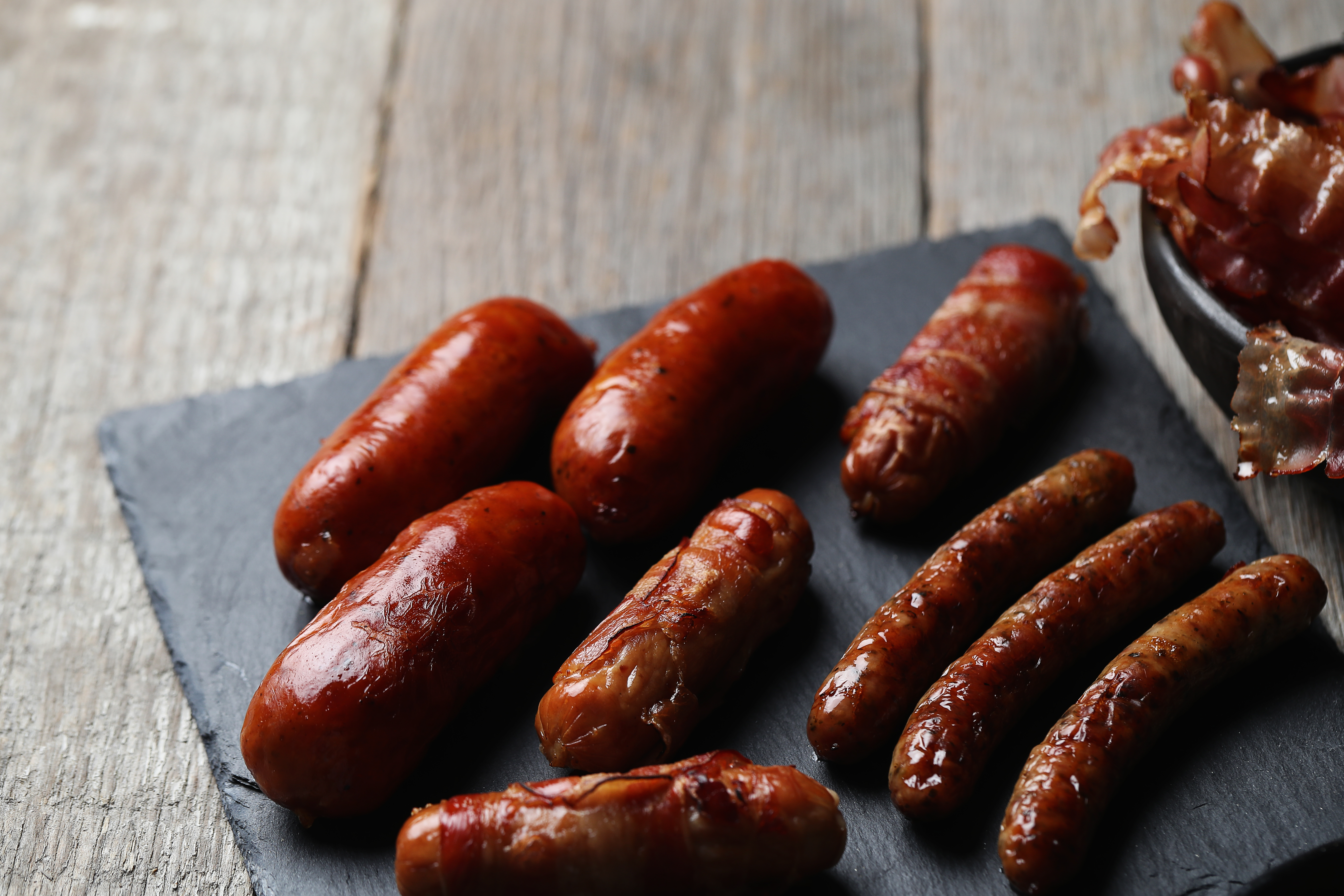
Processed meats, such as sausages, hot dogs, and deli meats, may seem like safe gluten-free options. However, many of these products contain fillers, binders, and flavorings that include gluten. Even meats labeled as "natural" or "organic" are not immune to this issue. Cross-contamination during processing is another risk, as shared equipment can introduce gluten into otherwise gluten-free products. To avoid these hidden pitfalls, it's crucial to choose meats labeled as gluten-free or to purchase fresh, unprocessed cuts and season them at home.
3. The Breaded and Battered Dilemma
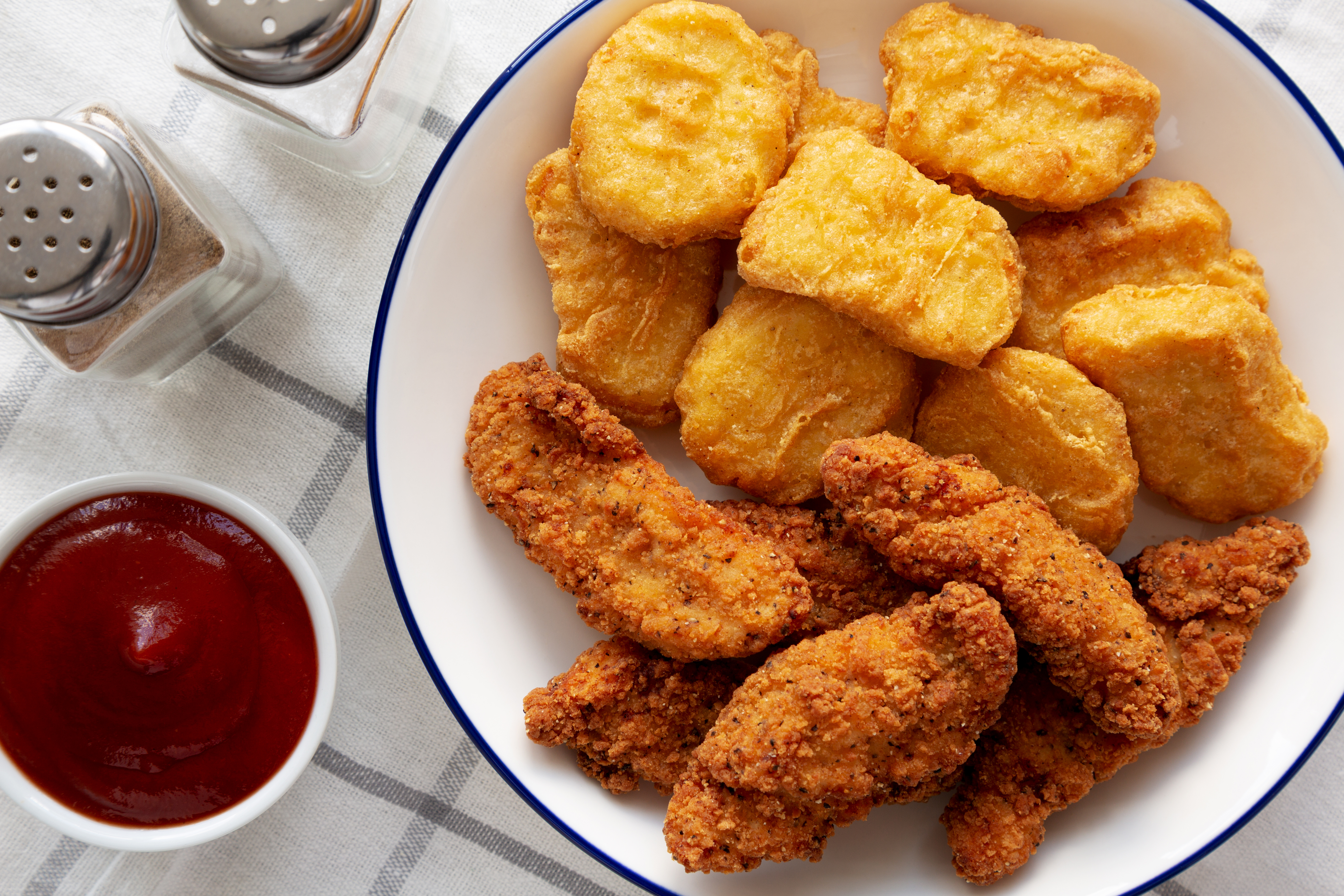
Breaded and battered foods are obvious sources of gluten, but their prevalence in everyday meals can be surprising. From chicken nuggets to fish sticks, these items are often coated in wheat flour-based mixtures. Even when dining out, gluten-free menu items can be contaminated if prepared in the same oil or on the same surfaces as gluten-containing foods. For those committed to a gluten-free lifestyle, seeking out restaurants with dedicated gluten-free kitchens or preparing similar dishes at home with gluten-free alternatives is advisable.
4. Surprising Gluten in Soups and Broths
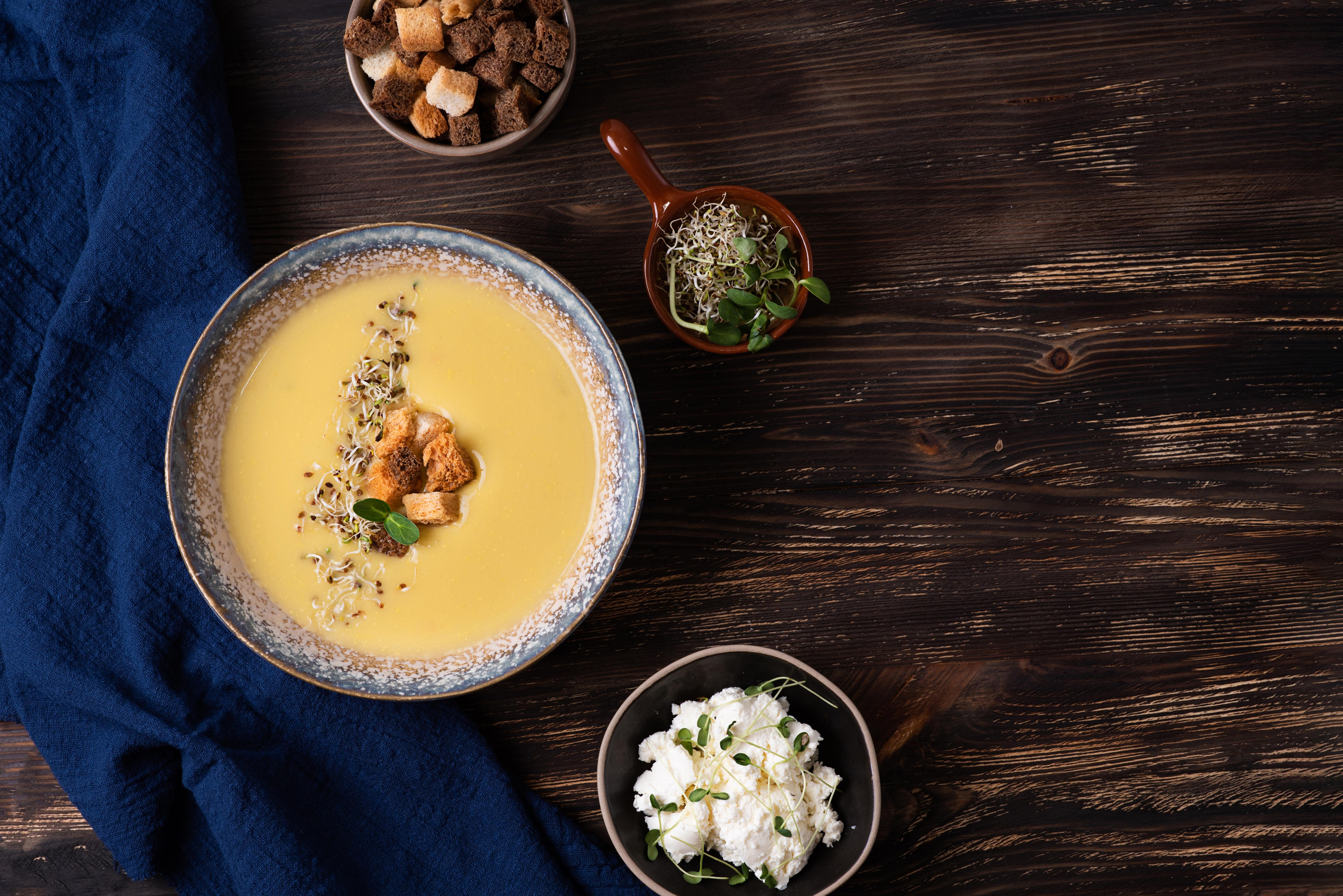
Soups and broths are comfort foods that can unexpectedly contain gluten. Many commercially prepared soups use wheat flour or barley as thickeners, while others may include pasta or noodles made from wheat. Even broth can be suspect, as some brands use wheat-based flavor enhancers. To ensure a gluten-free experience, consumers should opt for products specifically labeled as gluten-free or prepare soups from scratch using fresh, whole ingredients and gluten-free thickeners like cornstarch or potato starch.
5. The Risk of Gluten in Snacks and Sweets
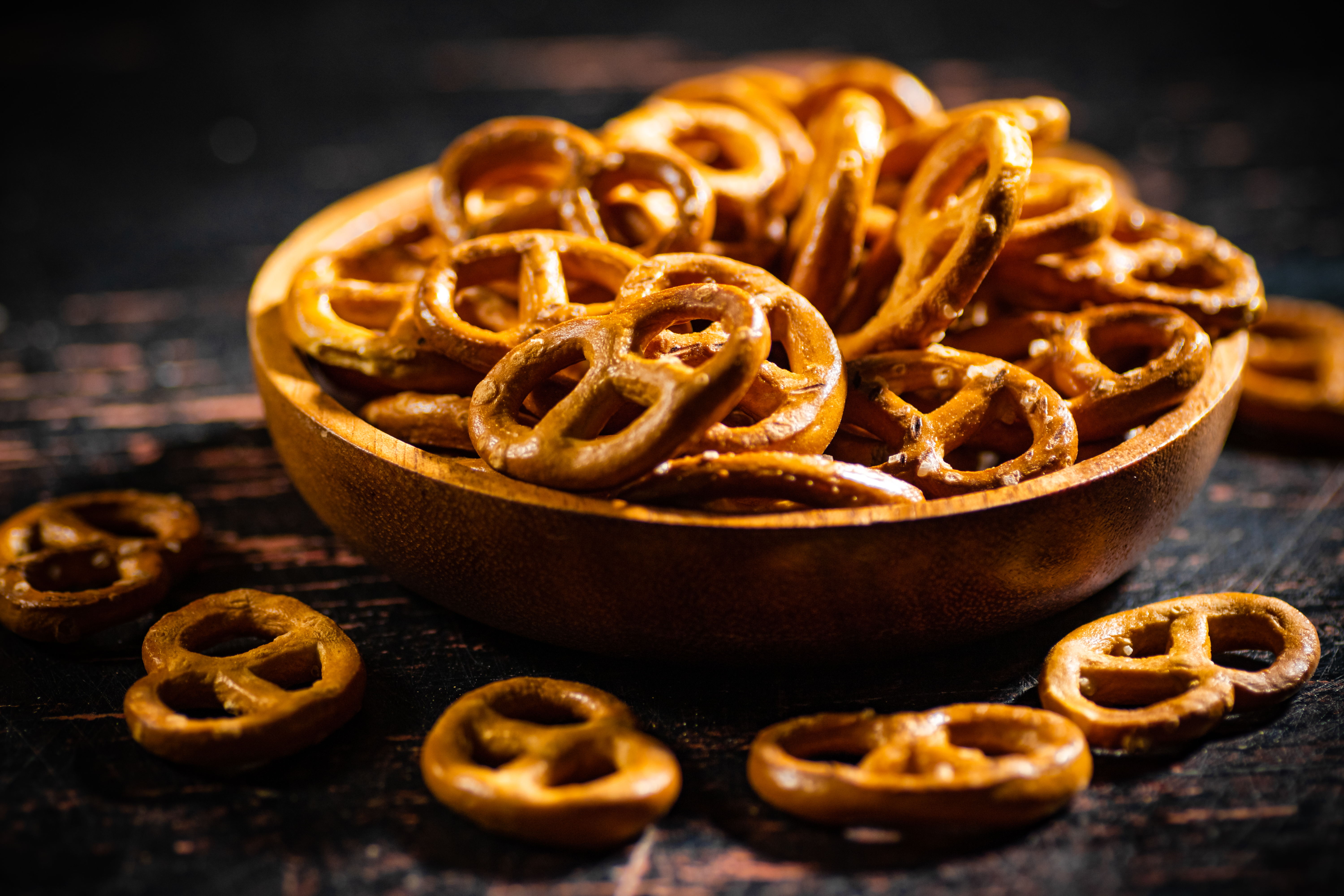
Snacks and sweets, while often thought of as indulgences, can be laden with hidden gluten. Chips, pretzels, and even some chocolate bars may contain gluten-based additives or be subject to cross-contamination. Gluten can also be present in unsuspected forms, such as malt flavoring or modified food starch. For those with gluten sensitivities, choosing snacks from reputable gluten-free brands or making snacks at home using certified gluten-free ingredients can help mitigate these risks.
6. The Cereal Conundrum
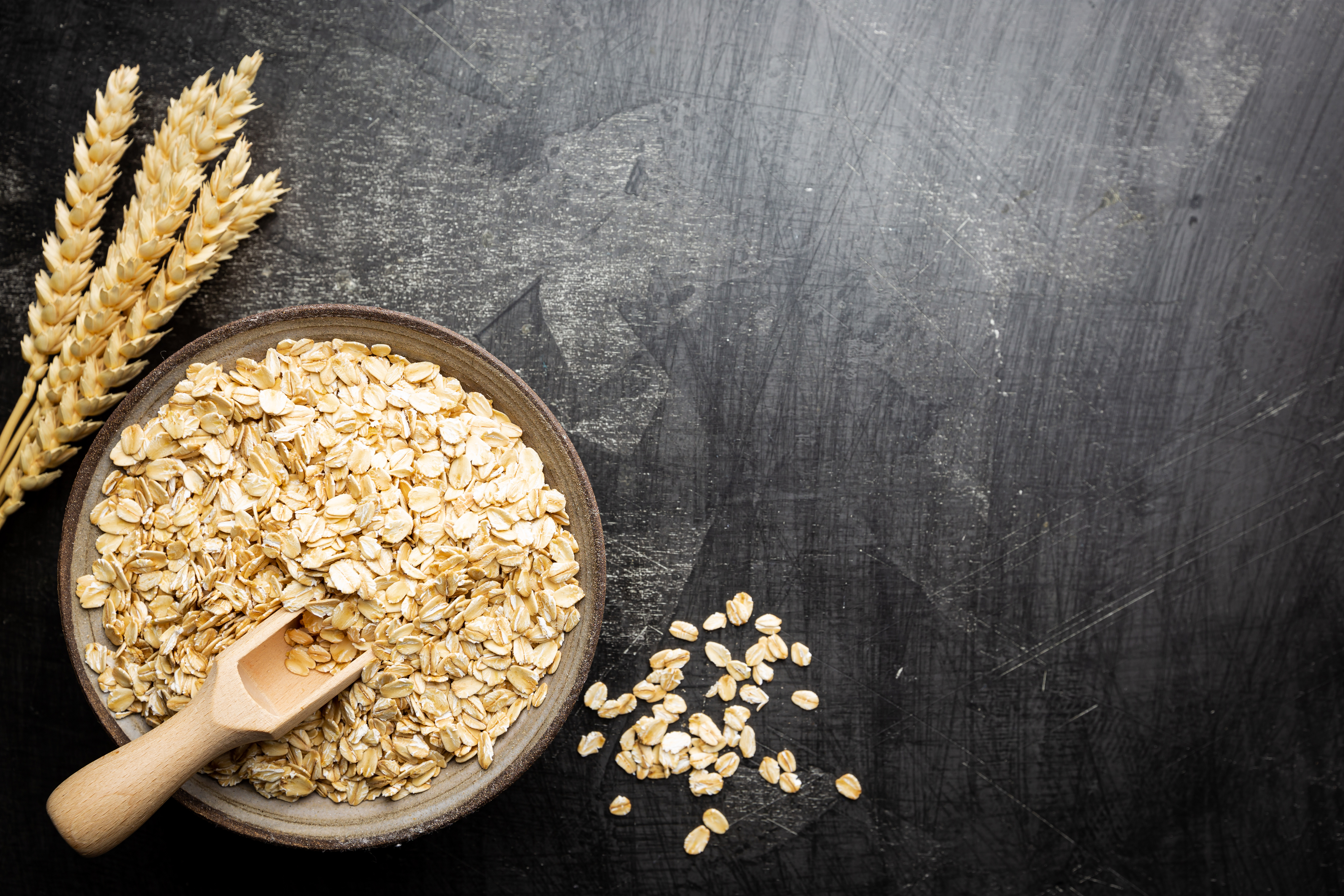
Cereals are a breakfast staple, but many traditional options contain gluten. Even cereals labeled as "whole grain" or "multigrain" can include wheat, barley, or rye. Oats, while naturally gluten-free, are often processed in facilities that handle gluten-containing grains, leading to cross-contamination. To ensure a gluten-free start to the day, consumers should seek out cereals labeled as gluten-free or enjoy naturally gluten-free grains like quinoa or rice as breakfast alternatives.
7. Gluten in Alcoholic Beverages
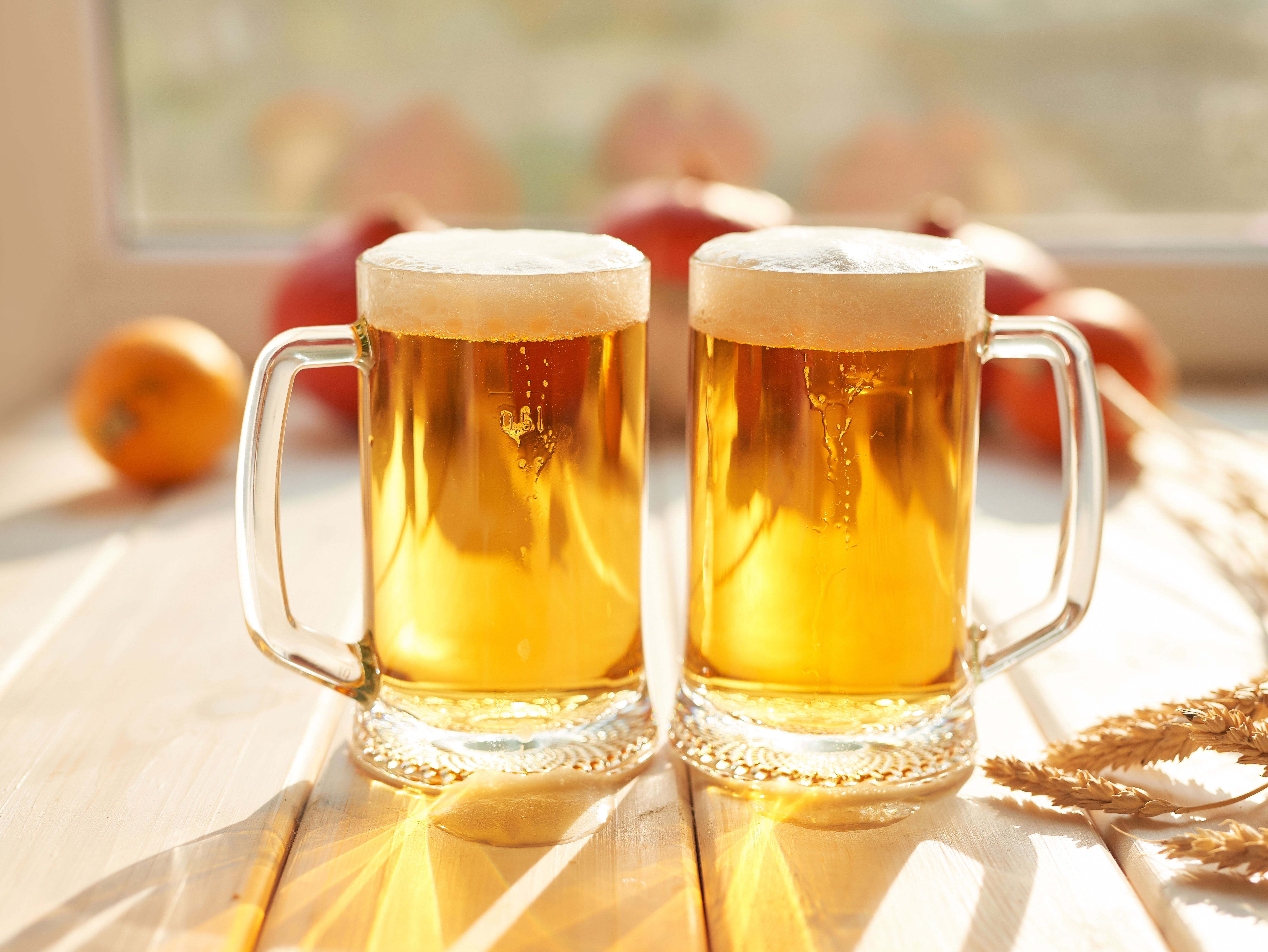
Alcoholic beverages can be a hidden source of gluten, particularly beers brewed with barley or wheat. While distilled spirits are generally considered gluten-free due to the distillation process, flavored liquors or pre-mixed cocktails may contain gluten additives. Wine and cider are typically safe, but it's essential to verify the production process. For beer enthusiasts, gluten-free beers made from sorghum, millet, or rice offer a satisfying alternative without the risk of gluten exposure.
8. The Challenge of Gluten-Free Baking
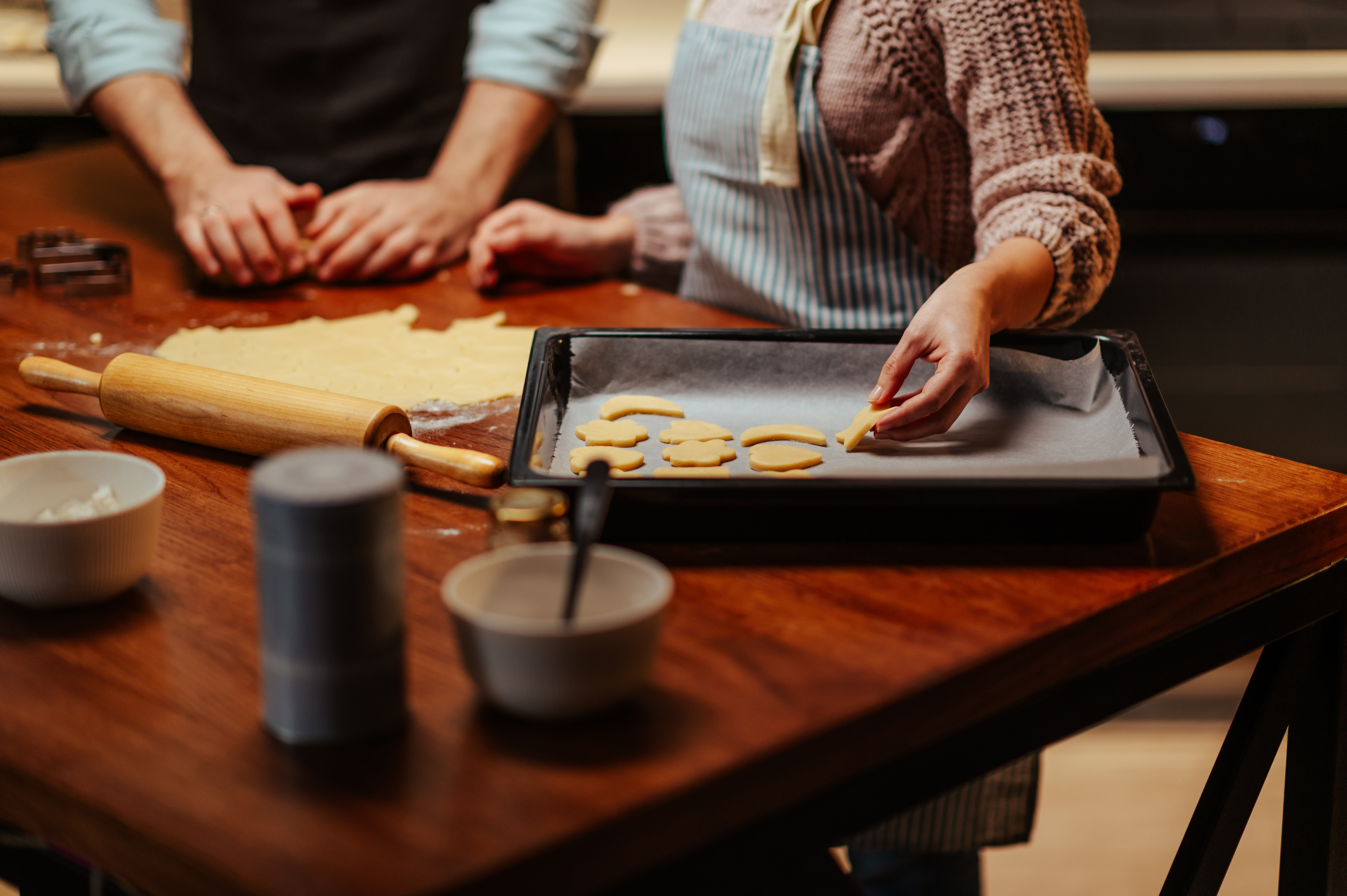
Baking without gluten presents unique challenges, as gluten provides structure and elasticity to baked goods. Many gluten-free flours lack these properties, resulting in dense or crumbly textures. However, with the right combination of gluten-free flours and binders like xanthan gum or psyllium husk, delicious and satisfying baked goods are achievable. Experimenting with different flour blends and recipes can lead to delightful discoveries in gluten-free baking.
9. The Complexity of Gluten-Free Dining Out
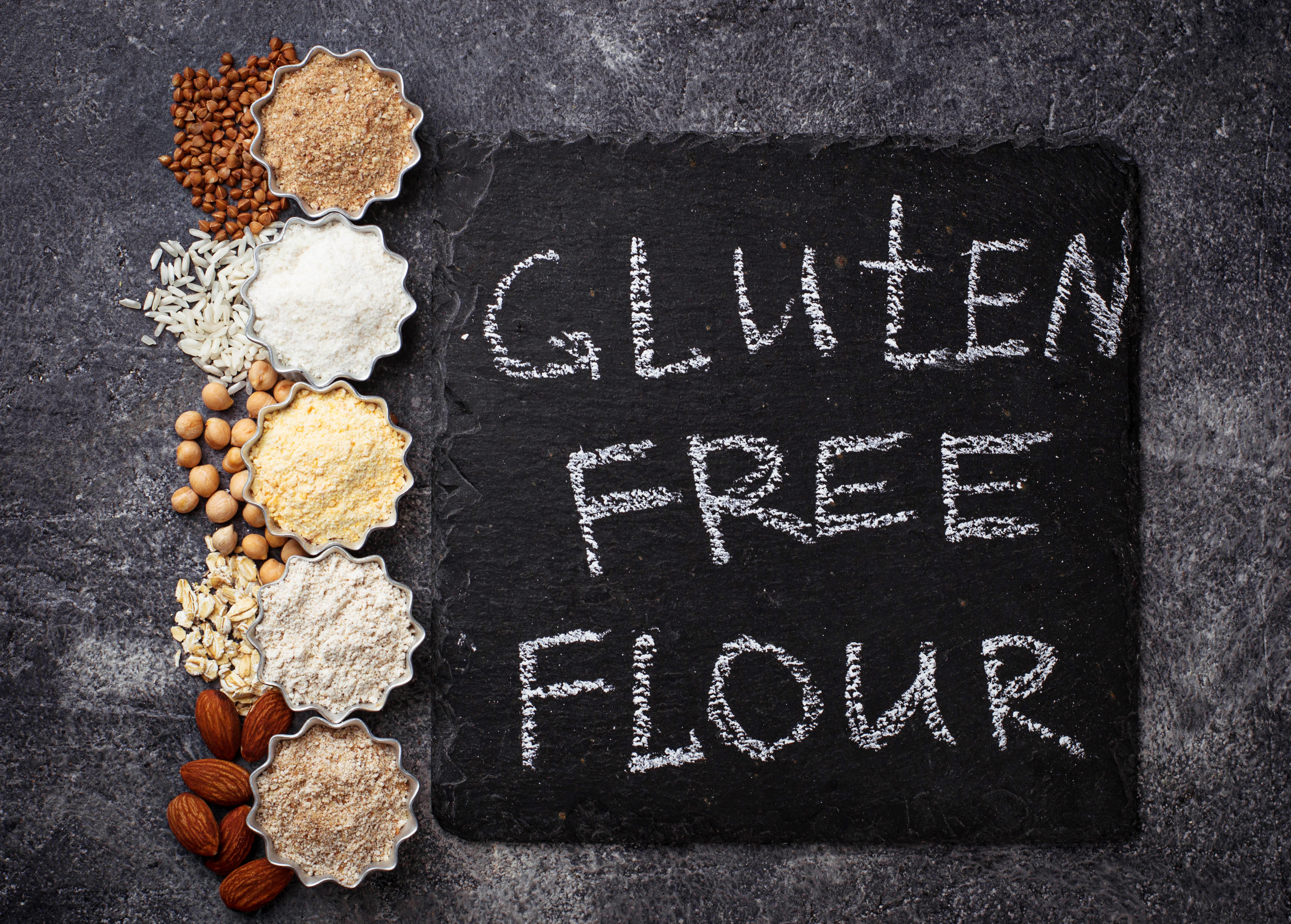
Dining out while maintaining a gluten-free diet can be daunting. Cross-contamination in restaurant kitchens is a significant concern, as gluten-free dishes may be prepared alongside gluten-containing ones. To minimize risks, diners should communicate their dietary needs clearly to restaurant staff and choose establishments with dedicated gluten-free menus or protocols. Researching restaurants in advance and reading reviews from other gluten-free patrons can also enhance the dining experience.
10. The Importance of Gluten-Free Certification
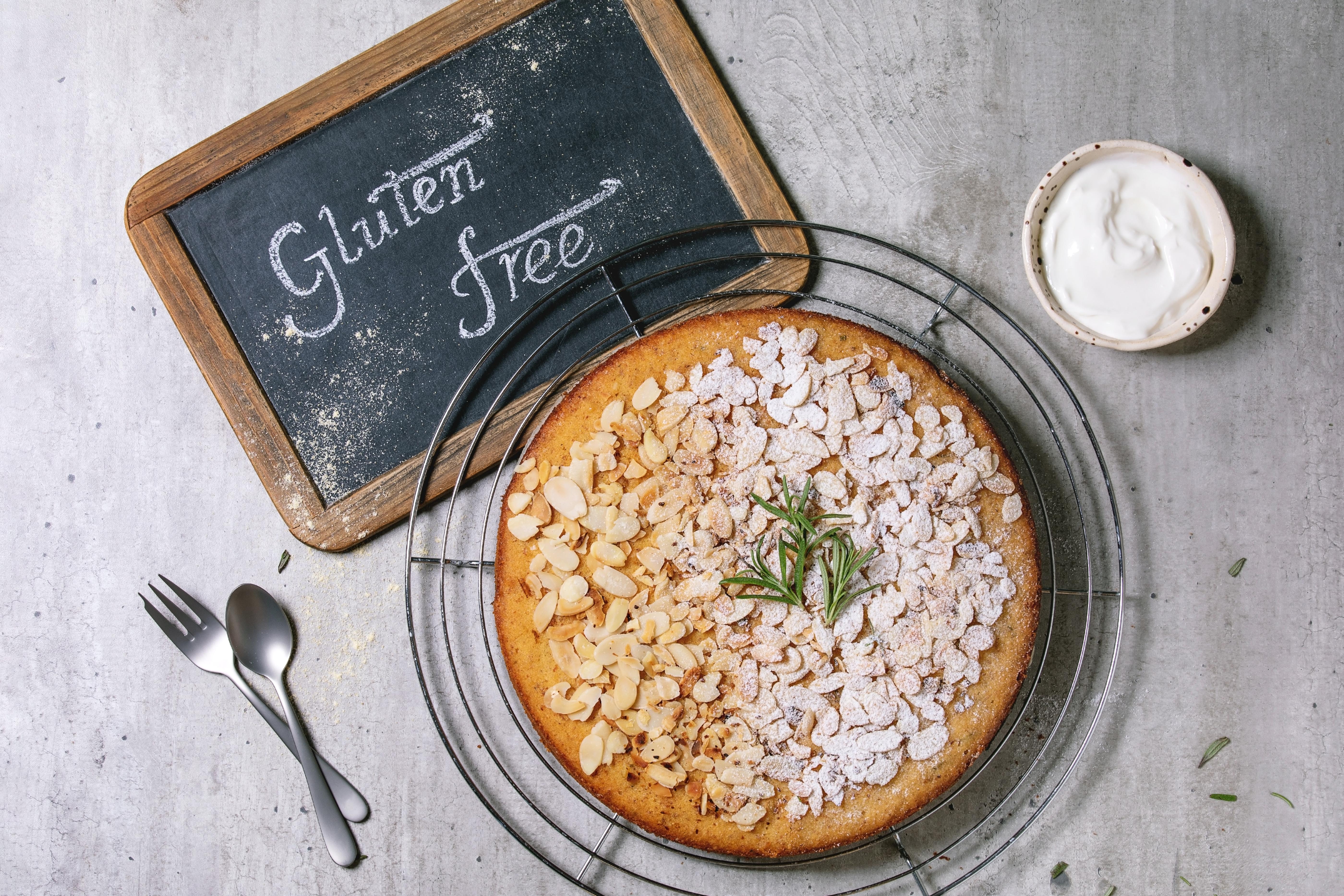
With the proliferation of gluten-free products, certification has become increasingly important. Gluten-free certification ensures that products meet strict standards for gluten content, typically less than 20 parts per million. This certification provides peace of mind for consumers, as it signifies rigorous testing and adherence to gluten-free protocols. When shopping for gluten-free products, looking for certification symbols can help consumers make informed choices and avoid potential gluten exposure.
11. The Role of Education in a Gluten-Free Lifestyle
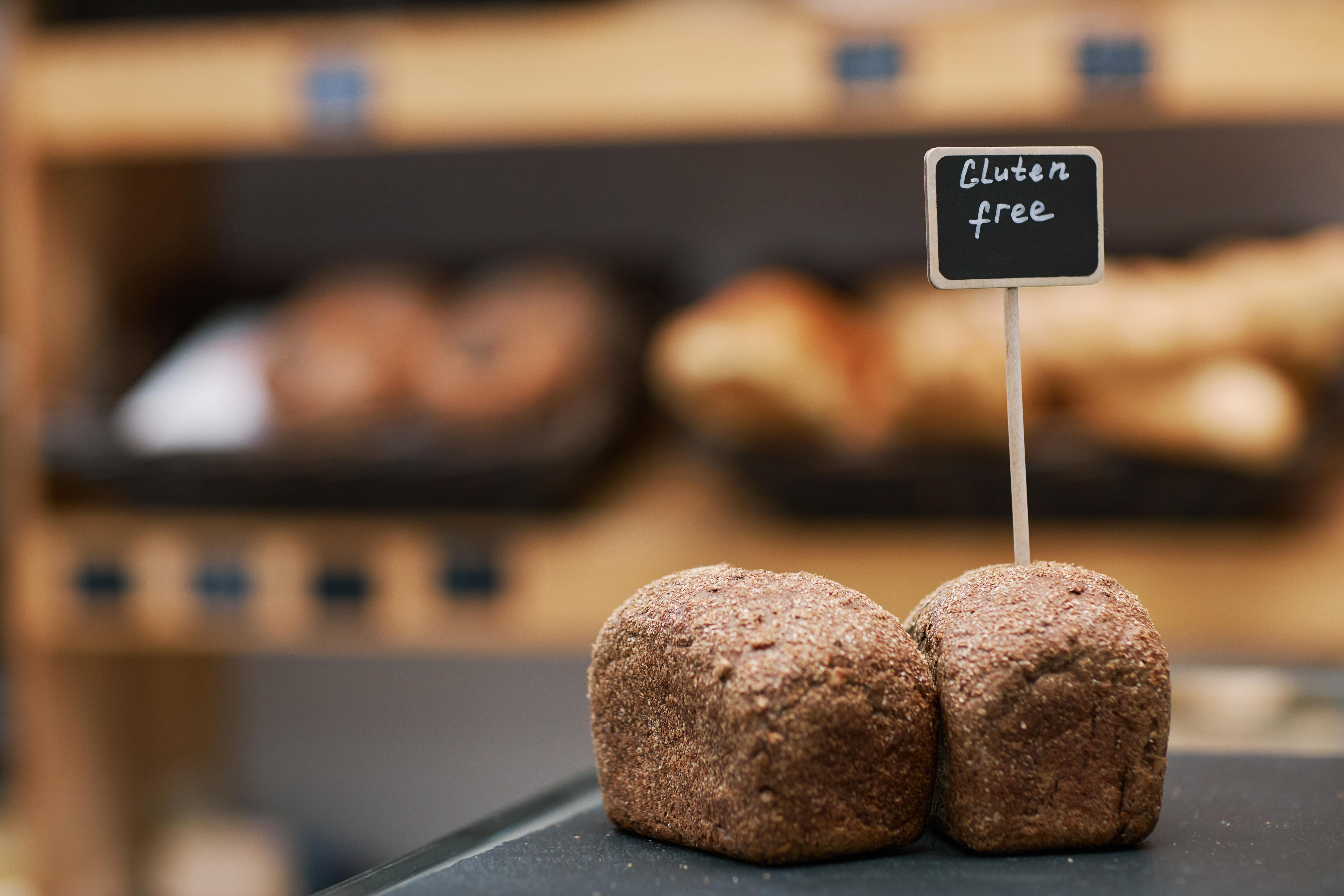
Education is a cornerstone of successfully navigating a gluten-free lifestyle. Understanding the sources of gluten, reading labels diligently, and staying informed about new research and products are essential. Support groups, online forums, and gluten-free cookbooks can provide valuable resources and community support. By educating themselves, individuals can make empowered decisions and enjoy a varied and satisfying gluten-free diet.
12. Embracing a Gluten-Free Future
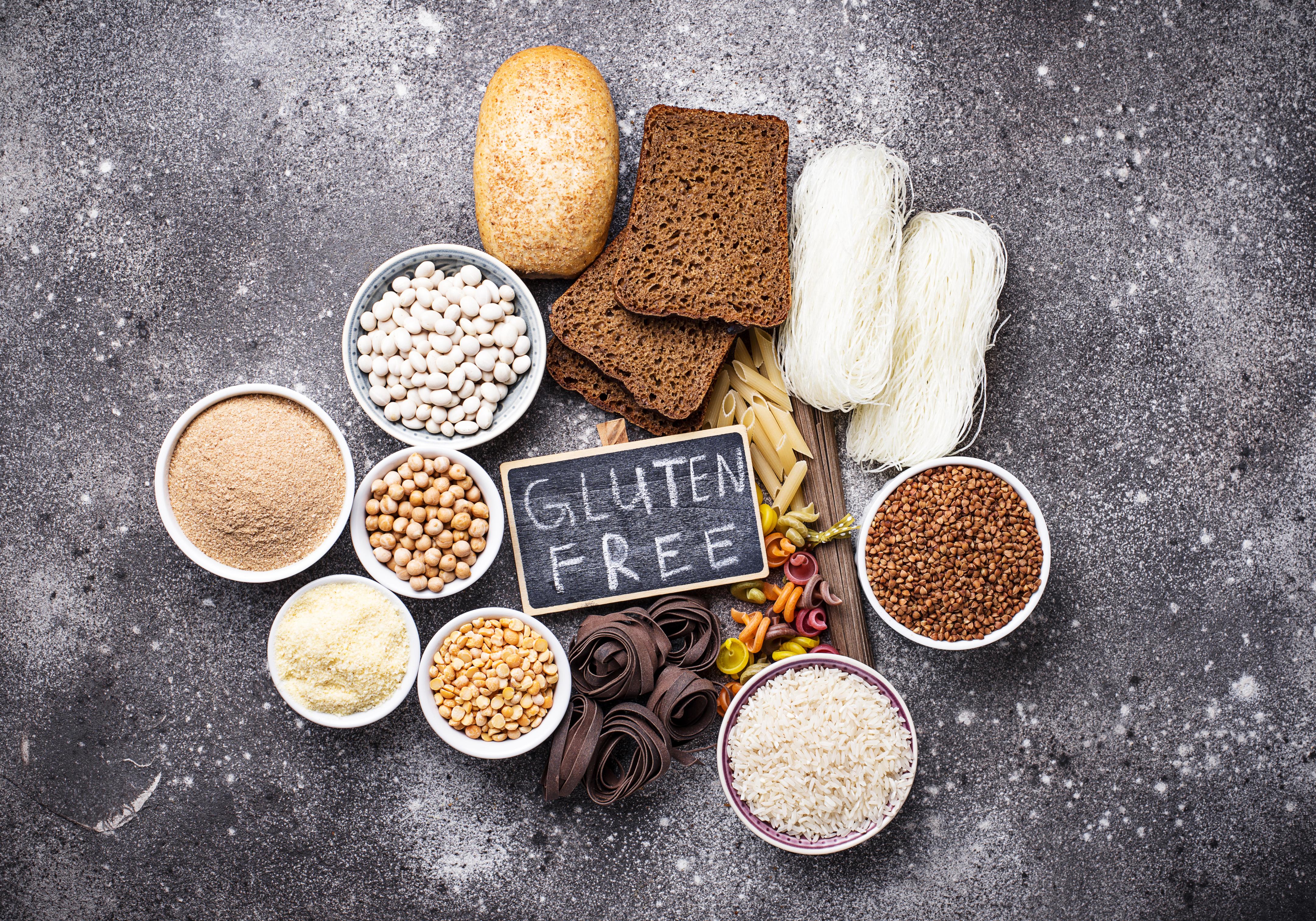
Embracing a gluten-free future involves more than just avoiding gluten-containing foods; it's about adopting a mindset of health and well-being. By focusing on whole, naturally gluten-free foods and exploring new culinary horizons, individuals can create a balanced and nutritious diet. The gluten-free lifestyle offers opportunities for creativity in the kitchen and a deeper connection to the foods we eat. As awareness and options continue to grow, the gluten-free future looks bright and promising.
13. Imitation Seafood: The Crab Stick Conundrum
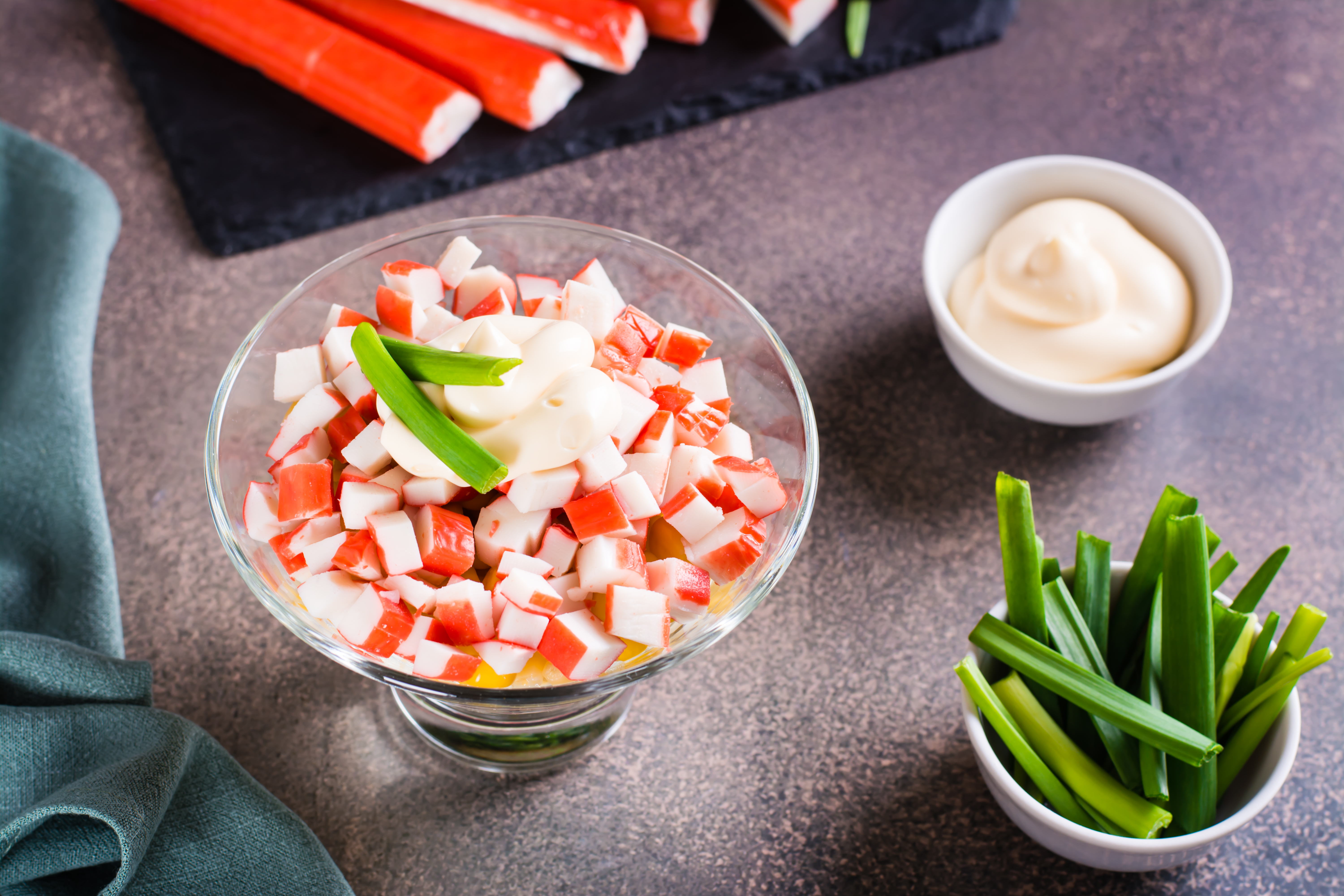
Often found in sushi rolls or seafood salads, imitation crab meat (like surimi or "crab sticks") is a surprising culprit. Its elastic texture is ingeniously achieved by using wheat starch or wheat flour as a binder. This often-overlooked ingredient can trigger symptoms for those with gluten sensitivity. Always read the ingredient list carefully for "wheat starch," "modified food starch" (unless source specified as corn/potato), or other wheat derivatives if enjoying what appears to be a safe seafood option.
14. Spice Blends & Dry Rubs: Flavorful Traps
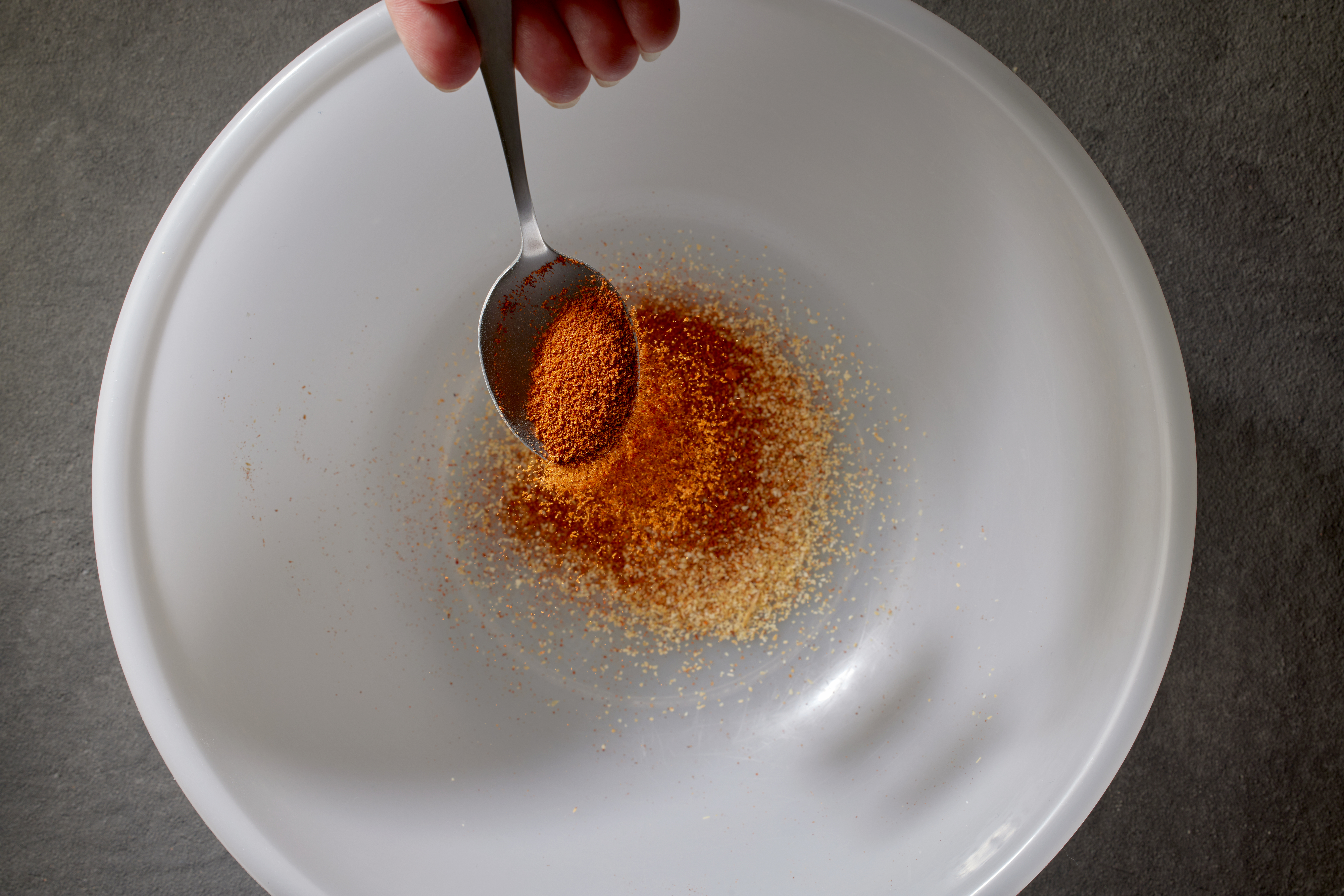
You might assume pure spices are safe, but many pre-mixed spice blends, dry rubs for meat, and seasoning packets can harbor hidden gluten. Wheat flour or starch is often used as an anti-caking agent or filler to bulk up the product or ensure even distribution. Some blends may also contain maltodextrin derived from wheat. To truly avoid this sneaky source, choose single-ingredient spices, or opt for certified gluten-free blends. Making your own spice mixes at home ensures complete control over ingredients and flavor.
15. Canned Baked Beans & Chili: The Unexpected Thickener
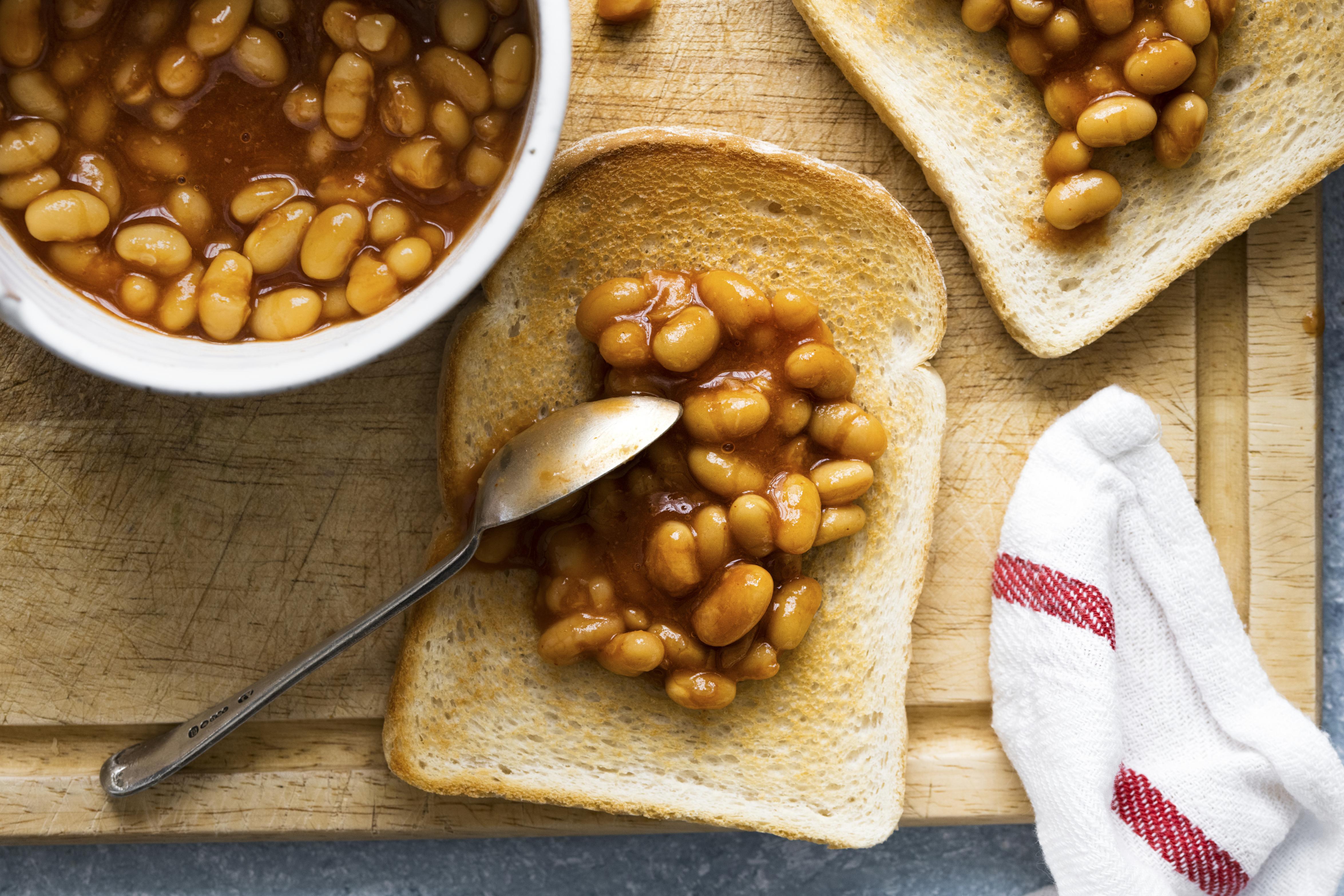
While beans are naturally gluten-free, commercially canned baked beans, chili, and some hearty stews can surprisingly contain hidden gluten. Wheat flour is frequently used as a thickener in their sauces to achieve a desirable consistency. Some brands may also include modified food starch derived from wheat. Always check the ingredient list for thickening agents or any specific "gluten-free" labeling when purchasing these convenient canned goods, as they can be an insidious source of gluten in a seemingly safe meal.
16. Deli Salads (Potato, Pasta, Coleslaw): Dressings and Binders
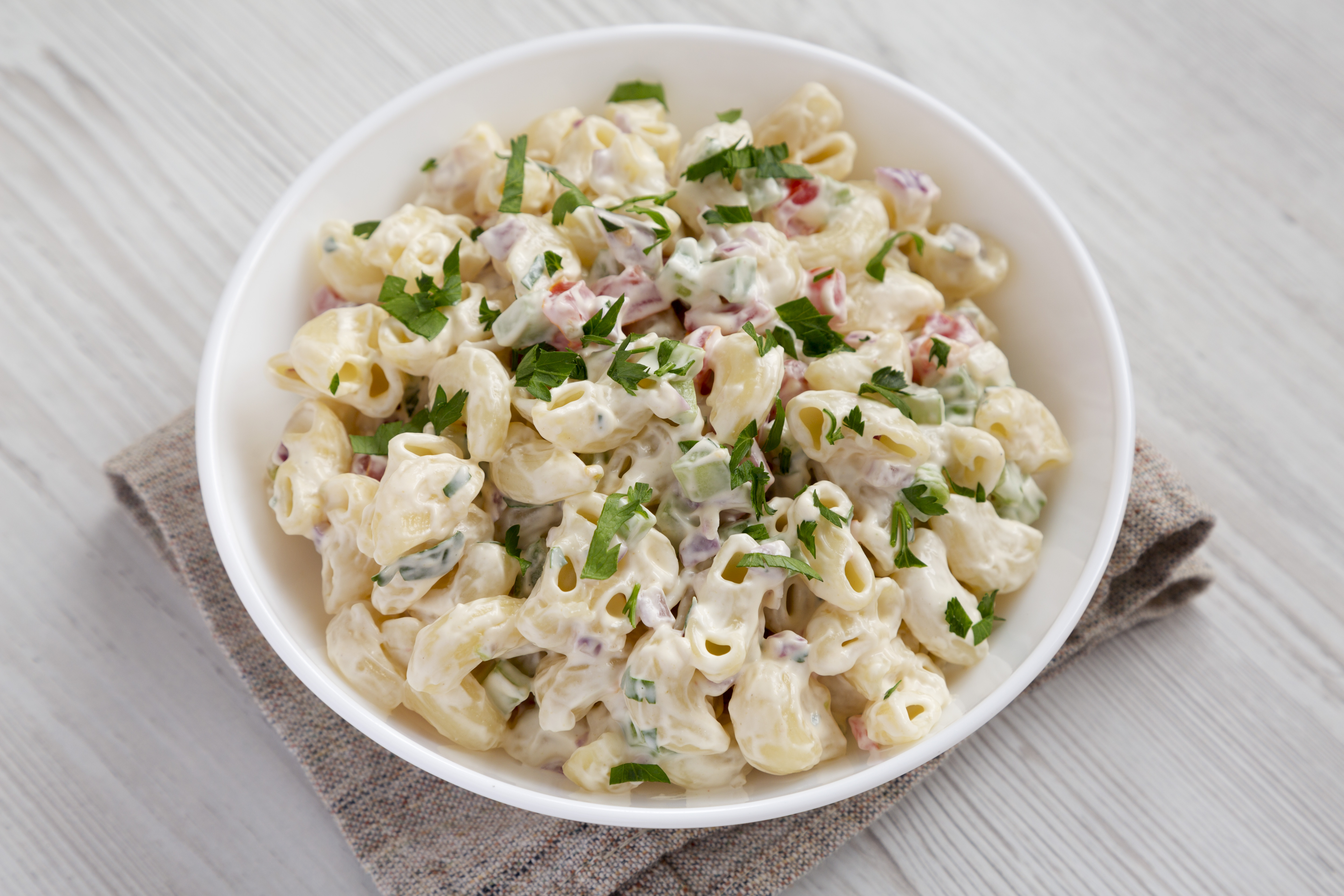
Pre-made deli salads like potato salad, macaroni salad (even if gluten-free pasta is used), or coleslaw are common culprits for hidden gluten. The creamy dressings often contain wheat flour as a thickener, or binders and seasonings that include gluten-containing ingredients. Cross-contamination from shared utensils or preparation surfaces at the deli counter is also a significant risk. For safety, it's best to prepare these salads at home with certified gluten-free ingredients or seek out dedicated gluten-free deli sections.
17. Vegetarian Meat Substitutes: The Seitan Surprise
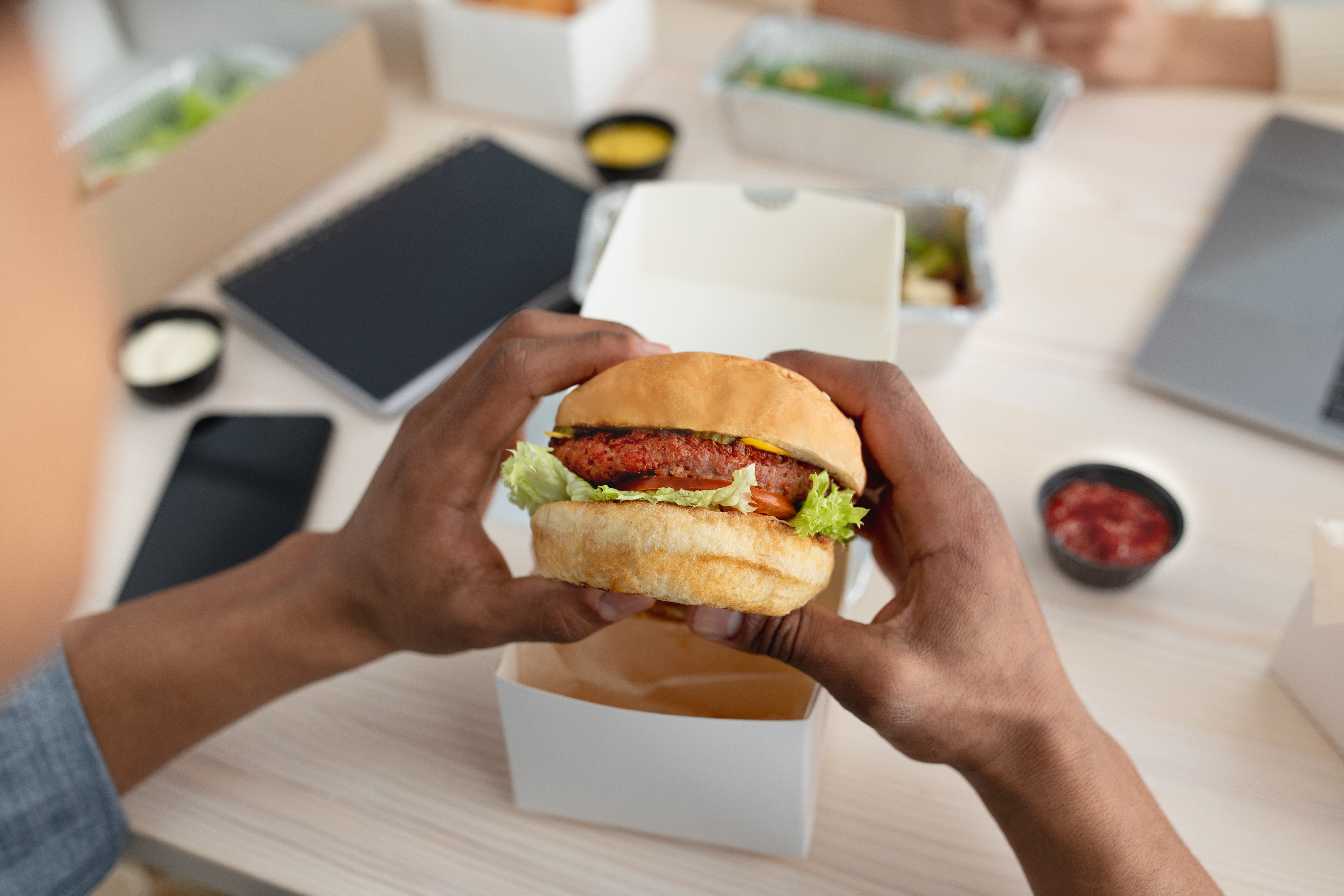
For those embracing plant-based diets, many vegetarian meat substitutes are ironically not gluten-free. Products like seitan (often marketed as "wheat meat"), some veggie burgers, meatless sausages, and mock duck are primarily made from vital wheat gluten, which provides their chewy, meat-like texture. Even seemingly innocent veggie patties might use wheat as a binder. Always scrutinize labels for "seitan," "wheat gluten," or similar terms if you're selecting plant-based protein alternatives on a gluten-free diet.
18. Coffee Creamers & Flavored Instant Coffees: Secret Additives

Your morning brew might be a sneaky source of gluten. While black coffee is naturally gluten-free, many flavored coffee creamers, powdered coffee mixes, and instant hot beverages can contain hidden gluten. Wheat derivatives are sometimes used as anti-caking agents, thickeners, or flavor carriers (e.g., malt flavoring from barley). Always check the ingredient list for "modified food starch" (unless specified as corn/potato) or other wheat/barley-derived components in your coffee add-ins and instant drink sachets.
19. Restaurant & Frozen French Fries: Beyond the Potato
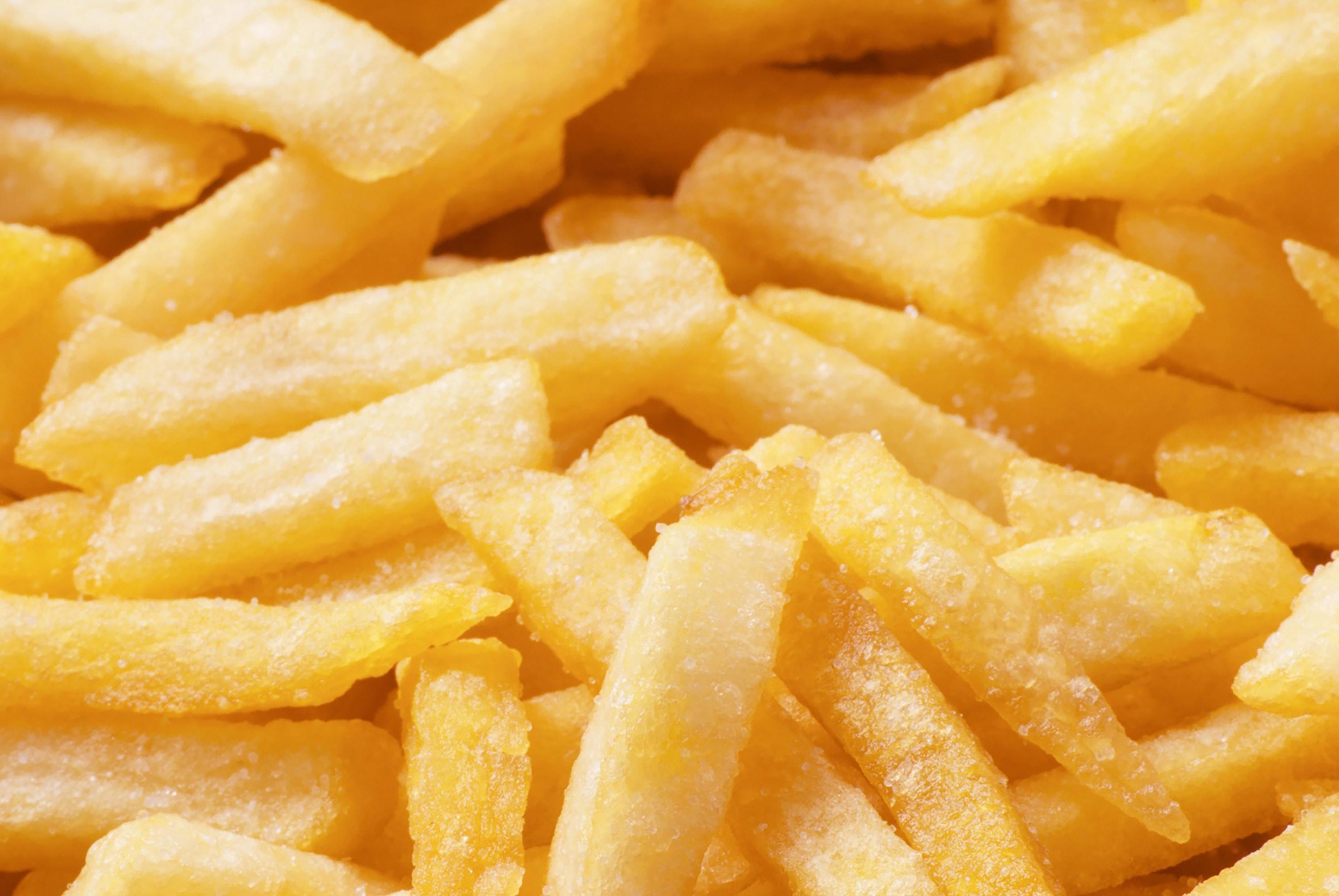
French fries, seemingly just potatoes and oil, can be a surprising source of hidden gluten. Many restaurants use shared fryers, leading to cross-contamination from gluten-containing items like breaded chicken tenders. Furthermore, some frozen or fast-food French fries are coated in a wheat-based batter to enhance crispiness. Always inquire about dedicated fryers when dining out, and check ingredient lists on frozen fry packaging. This seemingly simple side can become a stealthy gluten trap.
20. Flavored Yogurts & Fruit-on-the-Bottom: Unseen Thickeners
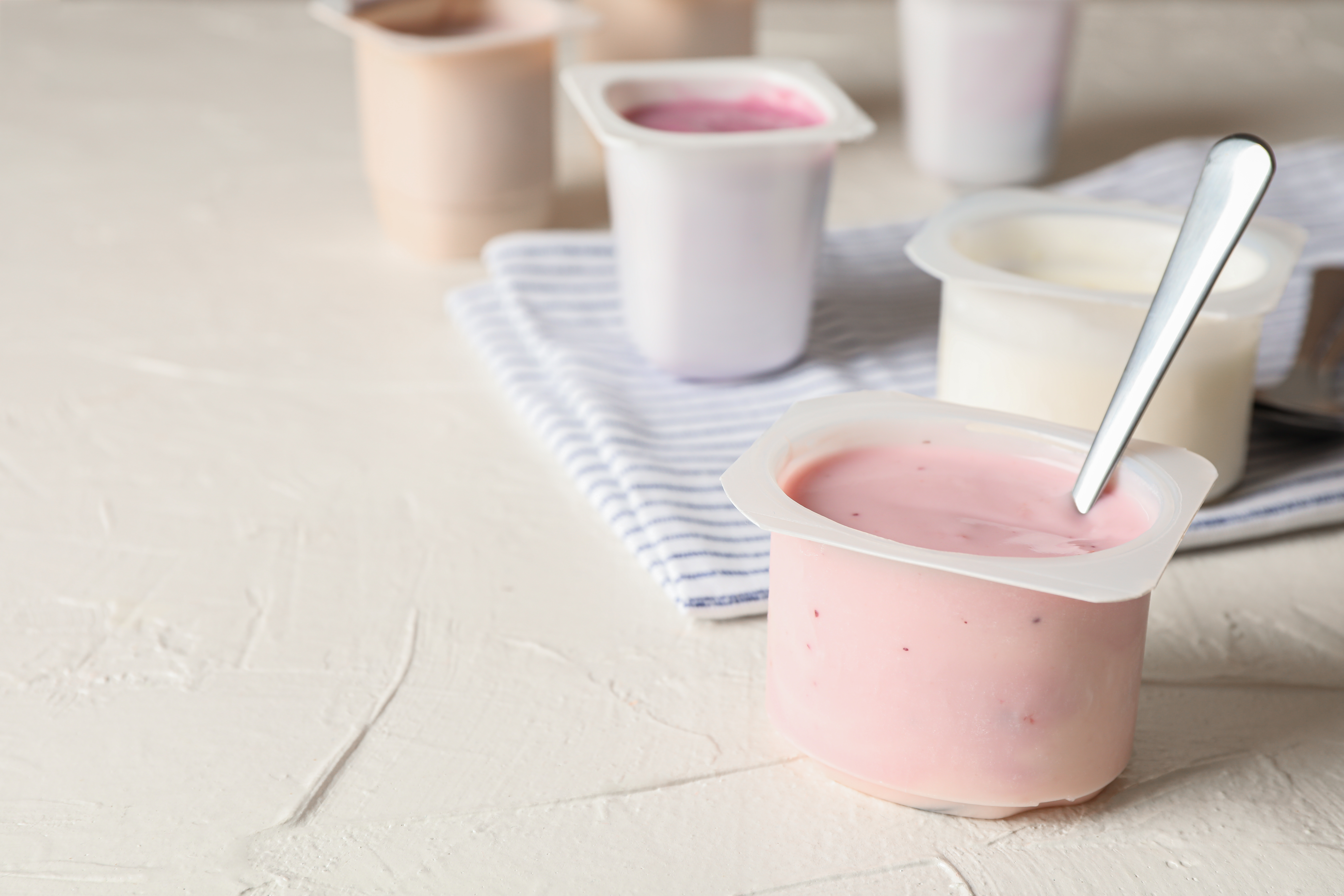
Plain yogurt is naturally gluten-free, but many flavored or fruit-on-the-bottom varieties can contain hidden gluten. Wheat starch or other gluten-derived thickeners are sometimes used to achieve desired textures in fruit preparations or stabilize the yogurt itself. While not common, it's a surprising additive to watch for. Always check ingredient lists for "modified food starch" or similar terms. Opting for plain yogurt and adding fresh fruit or gluten-free toppings ensures a truly gluten-free and healthy snack.
21. Energy & Granola Bars: The Convenient Deception
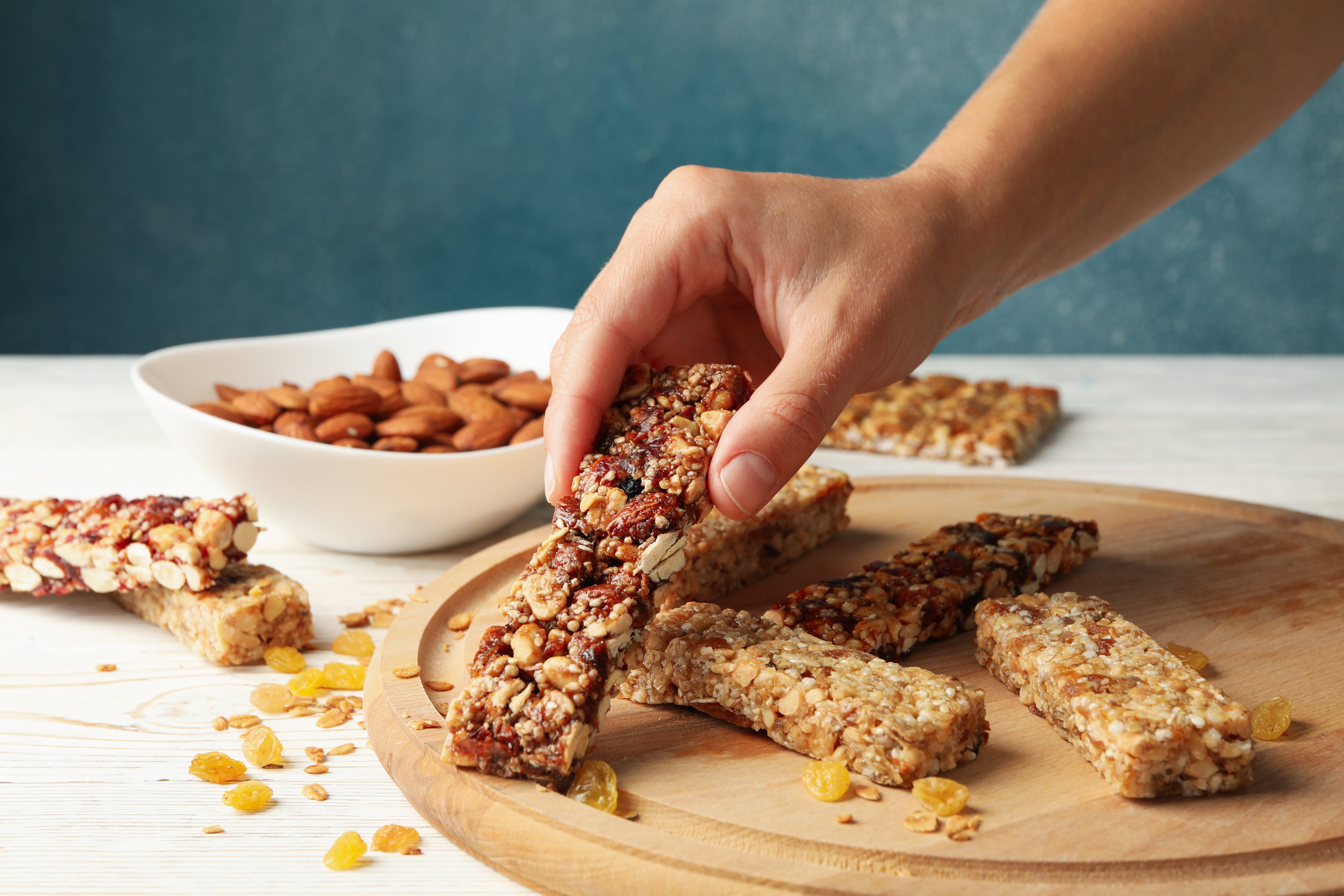
Energy and granola bars, often marketed as healthy and convenient, are frequent culprits for hidden gluten. Beyond obvious oats (which are often cross-contaminated unless certified gluten-free), many bars use wheat-based binders, malt flavoring (from barley), or various starches. Even "gluten-free" labeled bars can pose a risk if not certified. Scrutinize ingredient lists for hidden forms of wheat, barley, and rye, and prioritize bars with third-party gluten-free certification to ensure true safety.
22. Chewing Gum & Some Candies: Unexpected Binders

Chewing gum and certain types of candy are surprisingly capable of harboring hidden gluten. Wheat-derived starches or dextrins are sometimes used as binders, anti-caking agents, or texturizers, making the product more cohesive or preventing sticking. While quantities might be small, for individuals with celiac disease, even trace amounts are problematic. Always check the ingredient list for these seemingly innocuous items, as even small indulgences can lead to unexpected gluten exposure.
The path to a gluten-free future is paved with awareness, knowledge, and choice. By steering clear of deceptive foods that can sabotage health, individuals can fully embrace the benefits of a gluten-free lifestyle. As the gluten-free movement continues to evolve, staying informed and proactive will empower individuals to enjoy a life free from gluten's constraints. Whether driven by necessity or choice, the journey toward a gluten-free future is one of discovery, health, and culinary adventure.
